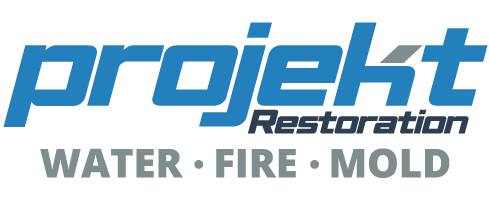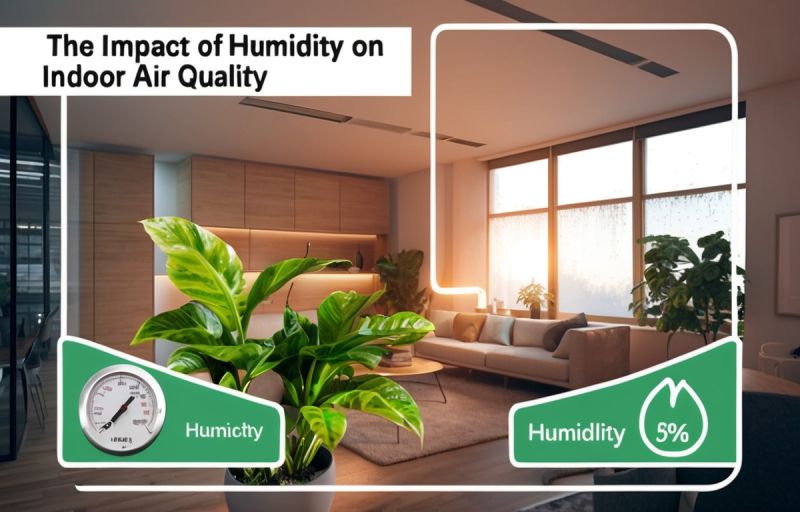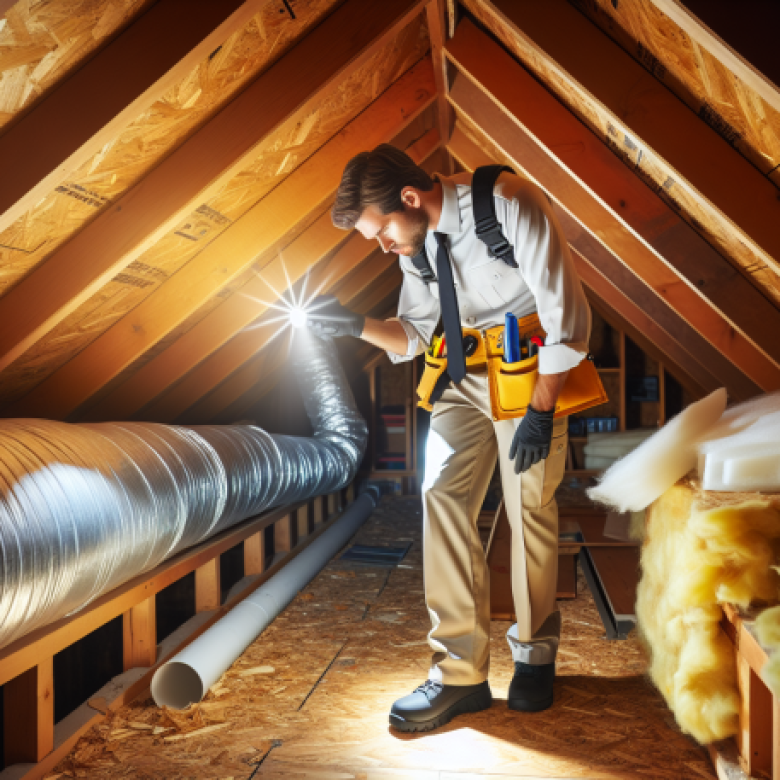When it comes to maintaining a healthy indoor environment, humidity plays a crucial role. Too much or too little humidity can lead to a variety of problems, from discomfort to serious health issues. In this article, we’ll explore how humidity affects indoor air quality, the implications for residential and commercial properties, and what you can do to manage it effectively. Let’s dive in!
Understanding Humidity and Its Measurement
Humidity refers to the amount of moisture in the air. It’s typically measured in two ways: absolute humidity, which is the actual amount of water vapor present, and relative humidity, which compares the current moisture level to the maximum amount the air can hold at a given temperature. For instance, a relative humidity of 50% means the air is holding half of the moisture it can potentially hold.
Why should you care about humidity? Well, maintaining an optimal indoor humidity level—ideally between 30% and 50%—is essential for comfort and health. When humidity levels fall below this range, the air can become dry, leading to issues like dry skin, irritated sinuses, and increased susceptibility to respiratory infections. Conversely, high humidity can create a breeding ground for mold and dust mites, which can trigger allergies and asthma.
For those dealing with water damage restoration or mold assessment and remediation, understanding humidity is key. It’s not just about fixing the visible damage; it’s about ensuring the air quality remains safe and healthy.
The Effects of High Humidity on Indoor Air Quality
High humidity can wreak havoc on indoor air quality. When the air is saturated with moisture, it can lead to condensation on surfaces, which is a perfect environment for mold growth. Mold spores can easily become airborne, leading to respiratory issues and allergic reactions. This is particularly concerning for those with pre-existing conditions like asthma or allergies.
Moreover, high humidity can also affect the structural integrity of your home or commercial property. Excess moisture can lead to wood rot, damage to drywall, and even the growth of harmful bacteria. If you’re in need of fire damage restoration or biohazard cleanup, it’s crucial to address humidity issues to prevent further complications.
To combat high humidity, consider investing in a dehumidifier. This device can help maintain optimal humidity levels, improving overall air quality. If you’re unsure about your indoor air quality, a professional mold assessment can provide valuable insights.
The Dangers of Low Humidity
On the flip side, low humidity can also pose significant risks. When the air is too dry, it can lead to a range of health issues. Dry air can cause skin irritation, respiratory problems, and even exacerbate conditions like eczema. It can also lead to increased static electricity, which can be annoying and damaging to electronic devices.
In commercial properties, low humidity can affect employee productivity and comfort. A dry environment can lead to discomfort, resulting in decreased focus and efficiency. It’s essential for business owners to monitor humidity levels and take action when necessary.
For those involved in residential property restoration, addressing low humidity is just as important as tackling high humidity. Using humidifiers can help restore moisture to the air, creating a more comfortable and healthier environment.
Managing Humidity Levels in Your Home or Business
So, how can you effectively manage humidity levels in your indoor spaces? Here are some practical tips:
- Use Dehumidifiers: These devices can help reduce excess moisture in the air, especially in areas prone to dampness like basements.
- Ventilation: Ensure proper ventilation in your home or office. Open windows when possible, and use exhaust fans in kitchens and bathrooms to reduce moisture buildup.
- Monitor Humidity Levels: Invest in a hygrometer to keep track of humidity levels. This will help you know when to take action.
- Seal Leaks: Check for leaks in your plumbing and roof. Water intrusion can significantly increase indoor humidity.
- Regular Maintenance: Schedule regular inspections and maintenance for your HVAC system to ensure it’s functioning properly.
For those facing severe humidity issues, especially after incidents like flooding or fire, it’s wise to consult professionals. Projekt Restoration offers comprehensive services, including water damage restoration and fire damage restoration, ensuring your indoor air quality is safe and healthy.
Conclusion
Humidity is a critical factor in maintaining good indoor air quality. Whether you’re dealing with high humidity that promotes mold growth or low humidity that causes discomfort, understanding and managing humidity levels is essential. By taking proactive steps, you can create a healthier environment for yourself, your family, or your employees.
If you’re facing issues related to humidity, don’t hesitate to reach out to Projekt Restoration. Our team of experts is here to assist you with commercial property restoration, residential property restoration, and more. We offer 24/7 emergency services and insurance claims assistance to help you through any crisis.
FAQs
What is the ideal indoor humidity level?
The ideal indoor humidity level is typically between 30% and 50%. This range helps maintain comfort and prevents mold growth.
How can I reduce humidity in my home?
You can reduce humidity by using dehumidifiers, ensuring proper ventilation, and sealing any leaks in your home.
What are the signs of high humidity indoors?
Signs of high humidity include condensation on windows, a musty smell, and visible mold growth.
Can low humidity affect my health?
Yes, low humidity can lead to dry skin, respiratory issues, and increased susceptibility to infections.
How can I improve indoor air quality?
To improve indoor air quality, maintain optimal humidity levels, ensure good ventilation, and regularly clean and maintain your HVAC system.





